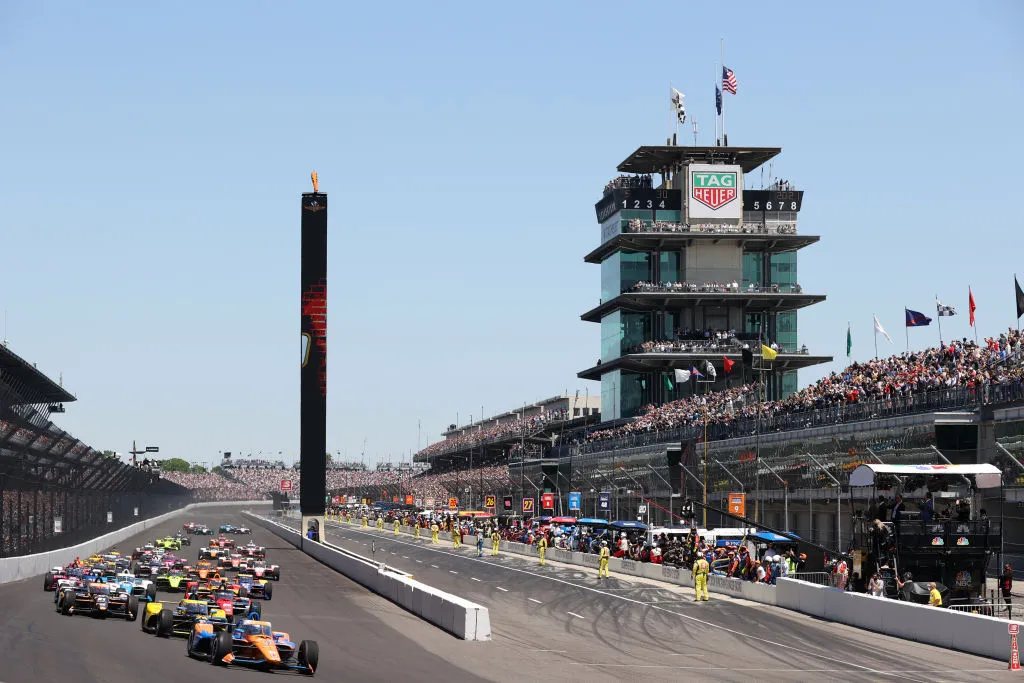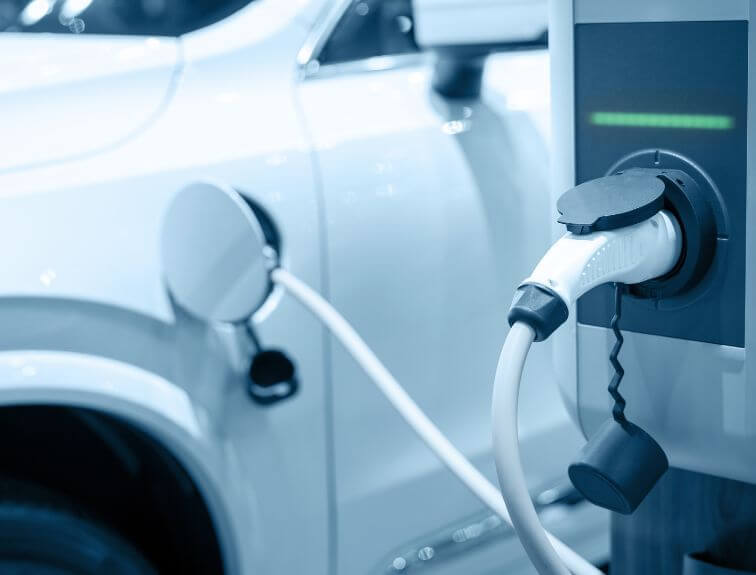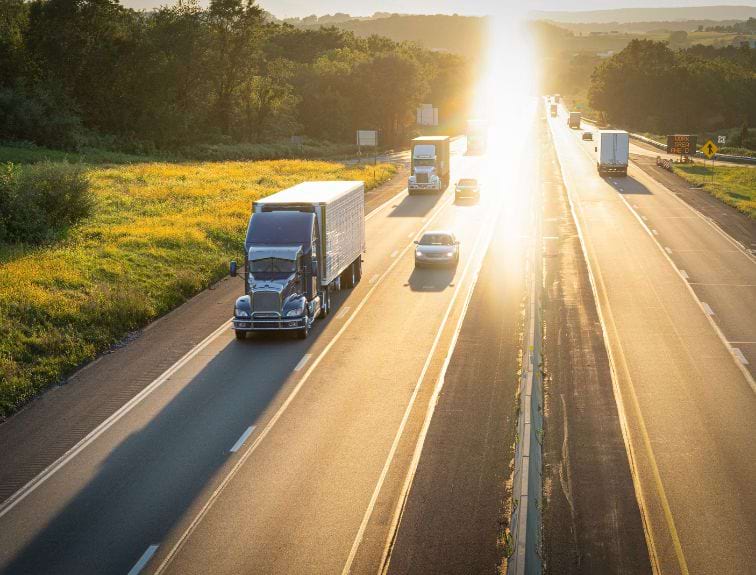Trucking’s Role in each IndyCar Team
The Indianapolis (Indy) 500 takes place each year on Memorial Day weekend in Indianapolis, Indiana, yet plans for the event start at the end of the previous race. Truck drivers have a vital role to the overall success of the race. Truckers have to haul every piece of racing equipment into Indianapolis Motor Speedway from the previous race on the IndyCar calendar. This means the equipment is being transported over-the-road, across the country to Indianapolis each May. Each Indy 500 race has 12 full season teams, with three extra teams only racing during the 500. That brings the total number of drivers to 33.
Each team hires professional truck drivers for the season to ensure their cars make it to each race on the calendar. Every team must move the cars by trailer from racetrack to racetrack and ensure that nothing breaks in transport. When IndyCar has multiple races in one area, they split up the logistics to care for each part. For example, all IndyCar’s use Firestone tires hauled from race to race on two trailers holding 700-plus tires each. Each car needs enough spare tires to get through practice, qualifying, and the race. As for the remaining equipment, teams divide it amongst three more trailers. This brings the total amount of trailers for the cars to six per team because each car also gets its own trailer.
Each truck is driven by a team of drivers, so the trucks don’t have to stop to rest on the way to their destinations. Nearly all teams require their trucks to return to headquarters after each race to perform necessary repairs. It also gives the team’s engineers a chance to check the equipment before the next race. That means the driver teams must make two cross-country trips per race. Many times, these drivers also help set up the pit lanes once they arrive at each track.
Finally, after the race is over, the truck need to be packed back up and head to their next destination. Depending on the damage done to the cars during the race, the re-packing process can take more than an hour post-race. The drivers then prepare for the next race on the schedule. If the next race is more than a week away, the drivers set off for the team headquarters to inspect all of the car’s parts.
Logistics for the Indy 500
The Speedway itself also needs a fleet of trucks to have enough food, merchandise, and drinks for the 400,000-person crowd. For the Indy 500, this requires approximately 15 truckloads. When it comes to the amount of merchandise required for the race each year, there are about 10 truckloads brought in.
This brings the total number of trucks coming to and from the Indy 500 each May to 63 trucks. The Indianapolis Motor Speedway and each IndyCar team handle logistics for their team so that each race can go smoothly. Most of the teams have mastered the logistics required for the race by now, as most have been running in the Indy 500 for many years.




